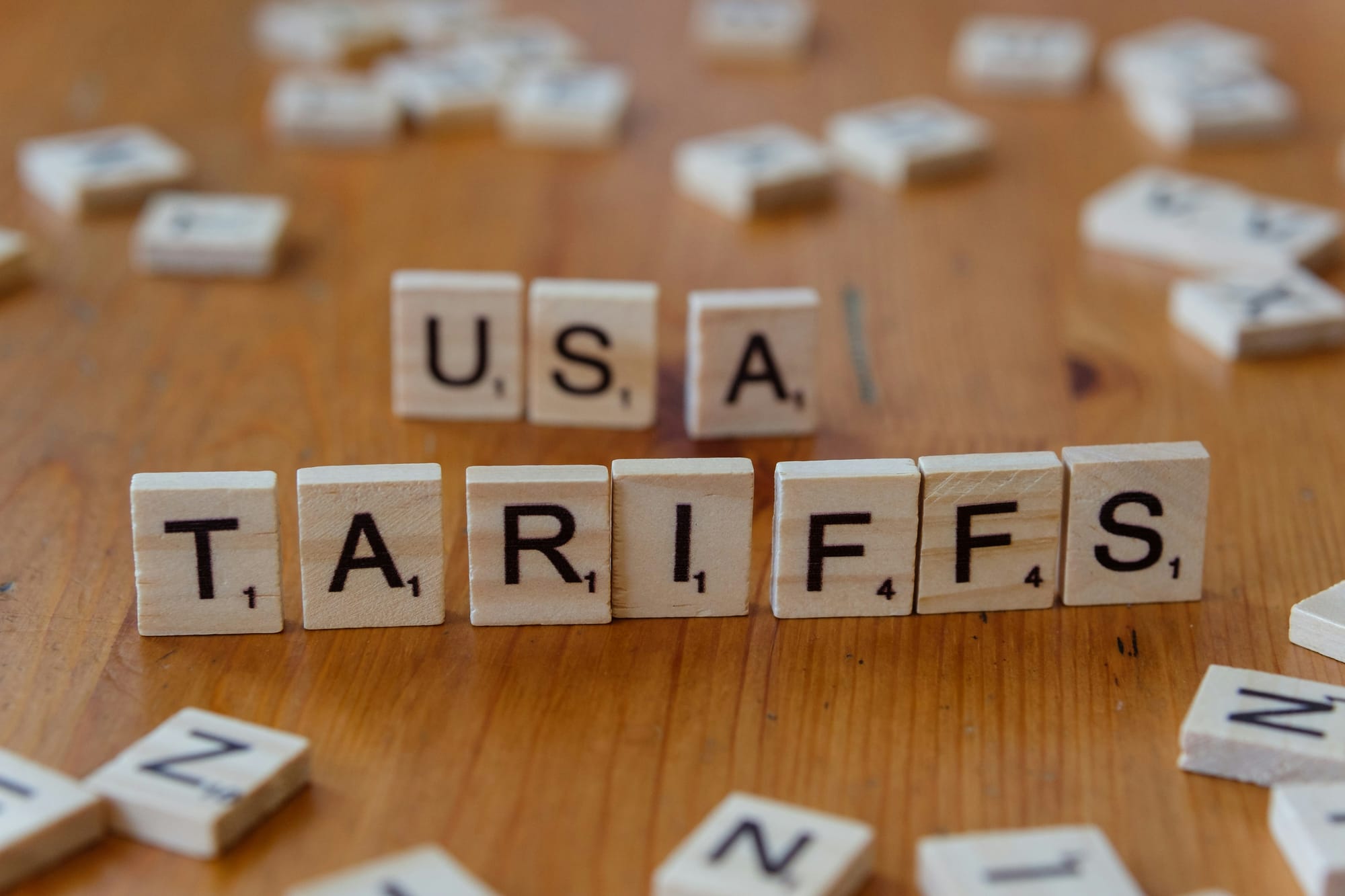Tariff Talk: Demographic Differences
Our study conducted with MX8 Labs reveals several differences when it comes to age, gender and political affiliation.

An overwhelming majority of U.S. consumers will be (or already have been) affected by the current tariff situation, at least in some way. But how people experience and interpret tariffs isn’t universal: On certain topics, there are notable differences between demographic groups including age, gender and political affiliation. Here are a few highlights, from the recent large-scale study we conducted with MX8 Labs:
Younger Consumers Lag in Tariff Awareness
- 76% of people ages 18 to 24 correctly identified tariffs as taxes on imported goods, notably below the 90% of overall respondents.
- By comparison, 94% of respondents 45-54 and 95% of respondents 55-64 correctly identified tariffs.
Political Party Divide on Media Fairness Around Tariffs
- While 48% of Democrats believe media outlets are politicizing tariffs to benefit one party over another, that jumps to 76% with Republicans.
- When asked about the fairness of tariff coverage, just 38% of Republicans said it was “somewhat” or “very fair,” compared to 78% of Democrats.
- Overall, 60% of Americans believe there is at least some political bias in how tariffs are covered.
Women, Older Consumers More Willing to Pay Extra for American-Made Products
- Nearly half (46%) of women said they would pay up to 5% more for American-made products, vs. the overall average of 38%.
- Meanwhile, 40% of respondents over 65 said they’re willing to pay 6% to 10% more, compared to just 27% across all age groups.
You can download more insights around tariffs here.

